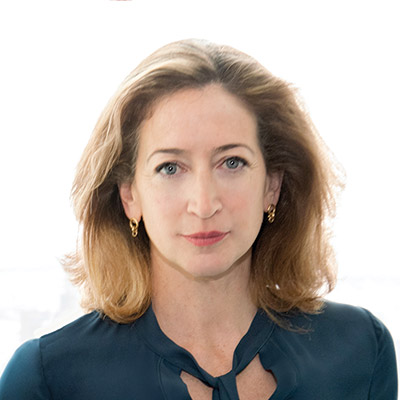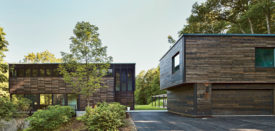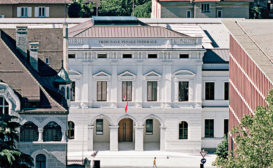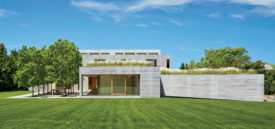Articles by Josephine Minutillo
The Big Squeeze
As cities wrestle with an affordable-housing crisis, some people see micro units as one option to explore.
Read More
Sculptural Skins
Digital fabrication comes into its own for creating precisely crafted, complex building envelopes, even on larger projects.
Read More
Memorial to the Victims of Violence in Mexico
The Creative Spark: Lighting designer Gustavo Avilés illuminates the Memorial to the Victims of Violence in Mexico in Mexico City
Read More
Building 347 Parking Garage
Park and Recreation: Vittorio Lampugnani uses an unlikely material to create an atypical garage with a built-in fitness facility.
Read More
Building 337
Corporate Transparency: Rafael Viñoly reimagines the glass office building with a continuous workspace that wraps around a central atrium.
Read More
Copyright ©2024. All Rights Reserved BNP Media.
Design, CMS, Hosting & Web Development :: ePublishing



